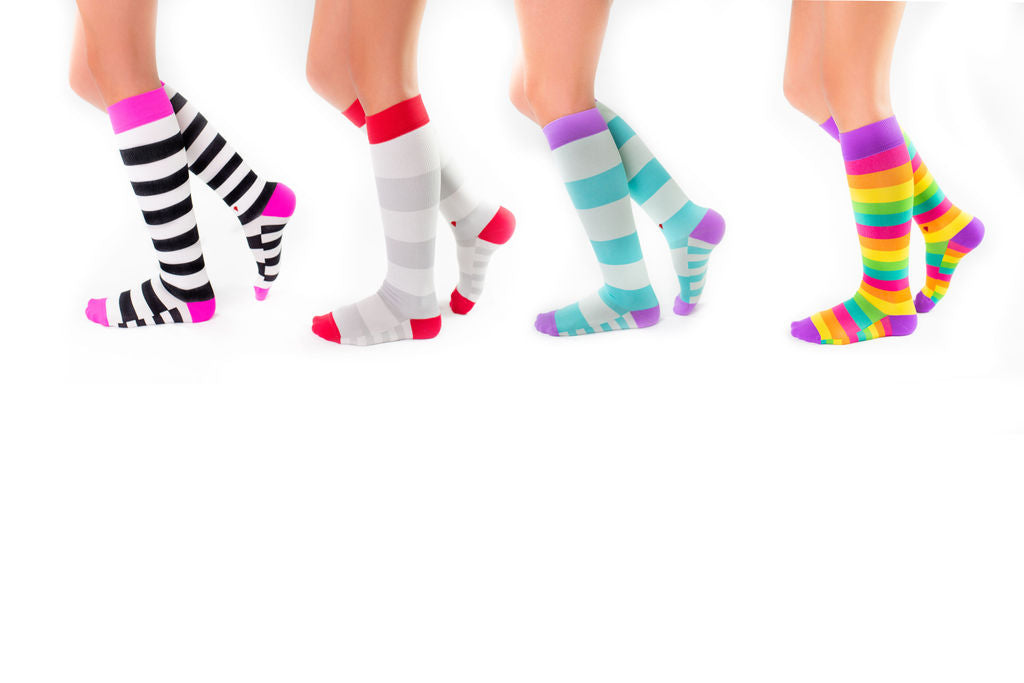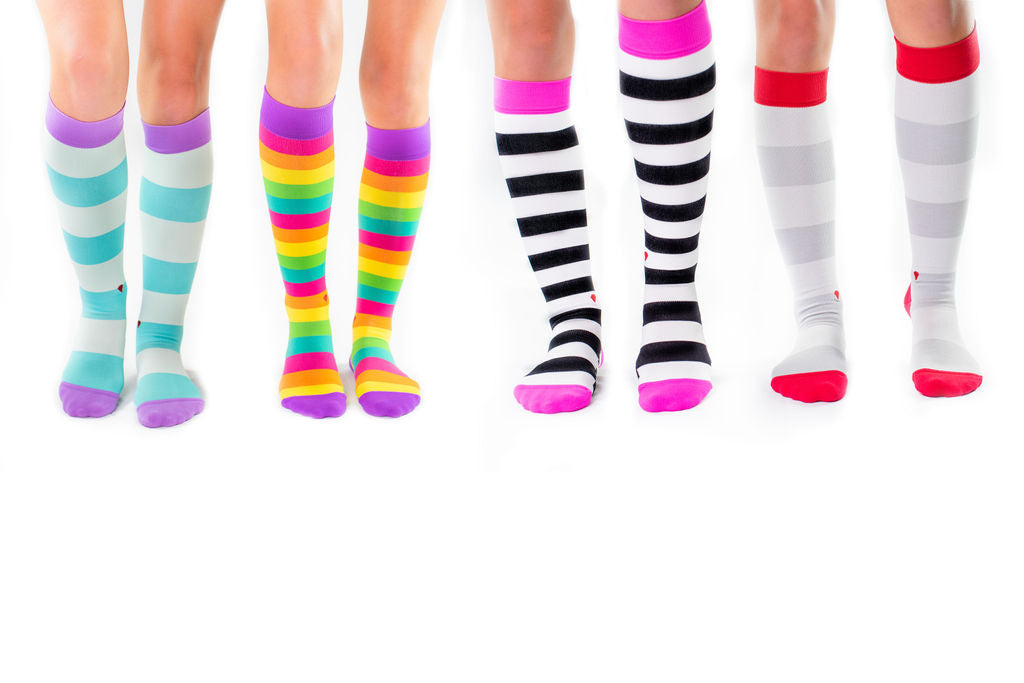Nursing is one of the most physically demanding professions out there. Between long hours on your feet, fast-paced shifts, and the need to remain alert and compassionate, it’s no surprise that many nurses struggle with fatigue, leg pain, and swollen feet. One simple yet powerful tool that can make a big difference in a nurse’s daily comfort and long-term health is compression socks.
In this post, we’ll explore how compression socks help nurses, the science behind how they work, and tips for choosing the right pair.
What Are Compression Socks?
Compression socks are specially designed hosiery that apply gentle pressure to your legs and ankles. This pressure improves blood flow, reduces swelling, and helps prevent venous issues such as varicose veins or deep vein thrombosis (DVT). For nurses who spend the majority of their day standing or walking, compression socks can be a game-changer.
Key Benefits of Compression Socks for Nurses
1. Improved Circulation
Standing for hours can lead to blood pooling in the lower legs and feet, causing fatigue and swelling. Compression socks help push blood back toward the heart, improving circulation and preventing the heaviness and pain that often develops after a long shift.
2. Reduced Swelling and Fatigue
Swollen ankles and feet are common complaints among nurses. Compression socks provide graduated pressure—tighter at the ankle and looser higher up the leg—which helps move excess fluid out of the tissues. This can significantly reduce end-of-shift swelling and improve energy levels.
3. Lower Risk of Varicose Veins
Constant standing can contribute to the development of varicose veins over time. Compression socks help prevent these unsightly and sometimes painful veins by supporting proper blood flow and reducing vein stress.
4. Better Muscle Recovery
Nurses often work 12-hour shifts with very few breaks. The consistent support provided by compression socks helps reduce muscle vibration and fatigue, leading to faster recovery after shifts and fewer aches the next day.
5. Enhanced Comfort During Shifts
Many compression socks are made with breathable, moisture-wicking materials that help keep feet dry and comfortable throughout the day. Some also have padded soles for added support.
Choosing the Right Compression Socks for Nursing
When shopping for compression socks, here are a few things nurses should keep in mind:
-
Compression Level: Measured in mmHg (millimeters of mercury), common levels include 15–20 mmHg for mild support and 20–30 mmHg for moderate compression. Most nurses find 15–20 mmHg sufficient for daily wear.
-
Length: Knee-high socks are the most common and provide ample support for the lower legs where swelling and fatigue typically occur.
-
Material: Look for breathable, antimicrobial fabrics to keep your feet cool, dry, and odor-free.
-
Fit: The socks should be snug but not painfully tight. It may take some trial and error to find the perfect fit, especially if you’re new to compression wear.
Final Thoughts
For nurses, investing in a few pairs of high-quality compression socks is a smart move for both comfort and health. They are an effective way to fight fatigue, reduce swelling, and support long-term vascular health.
Whether you're a seasoned RN or a nursing student just starting out, consider making compression socks part of your daily uniform—you’ll feel the difference from the first shift!!
Shop Ruby's assortment of compression socks today!! ☺️♥️






